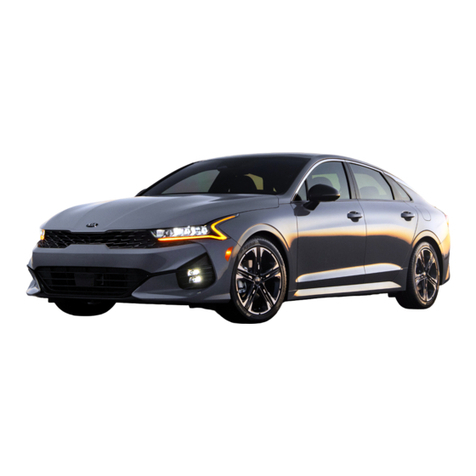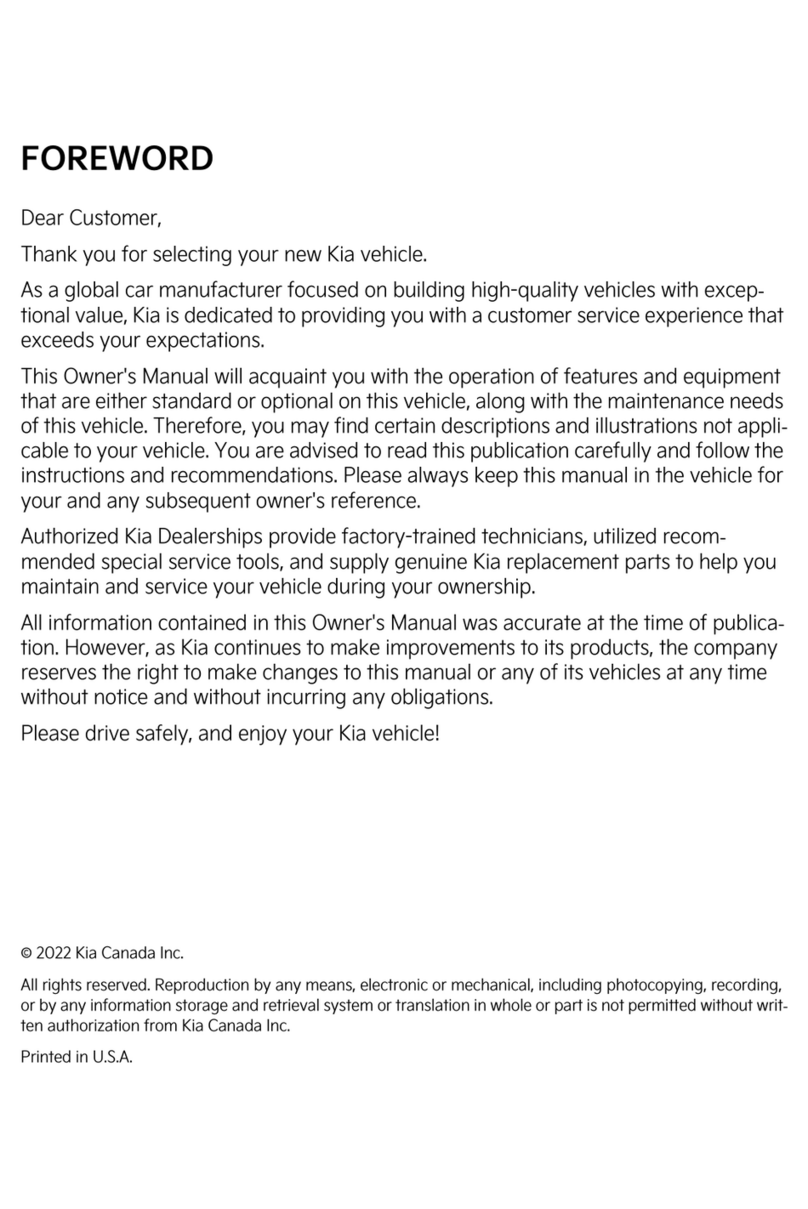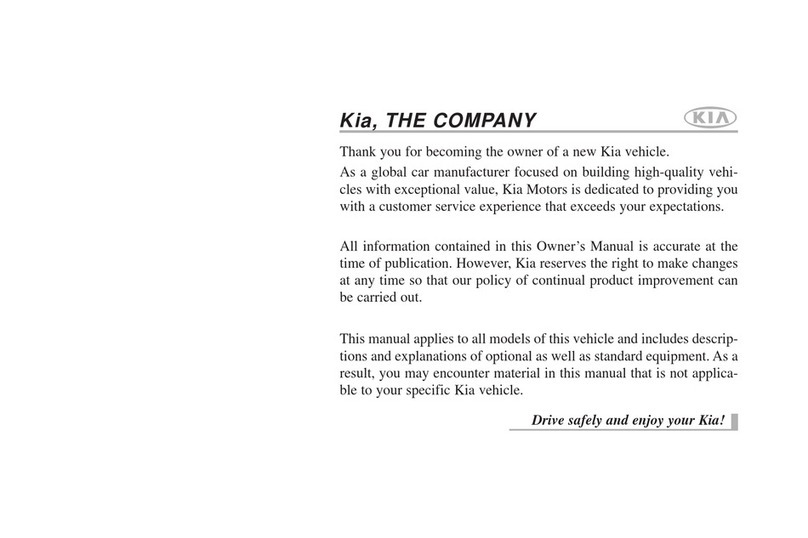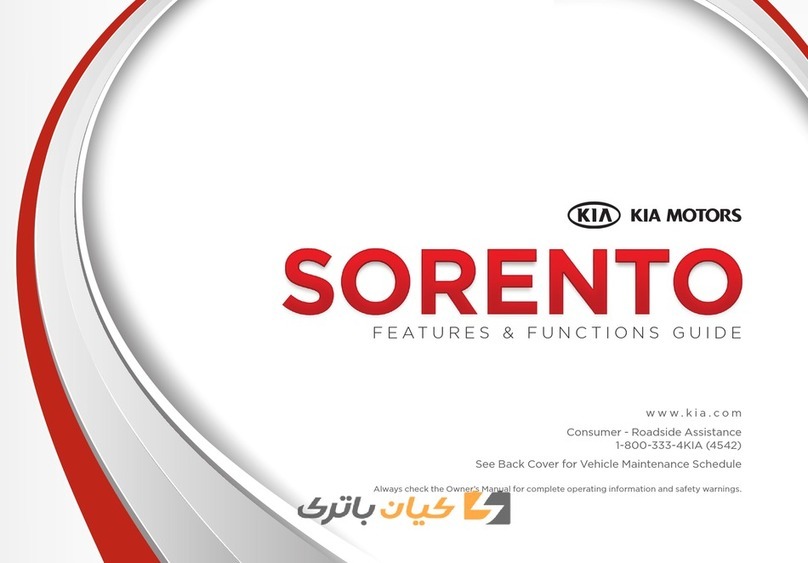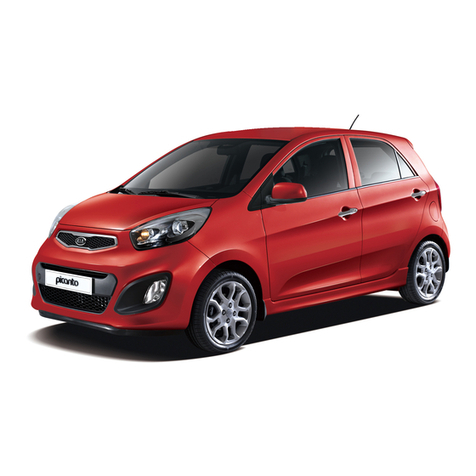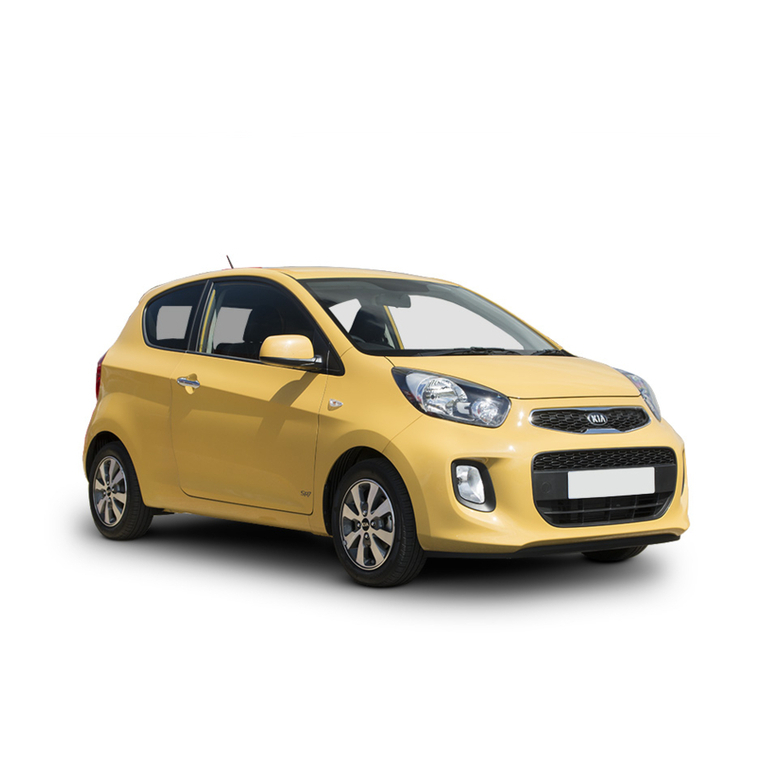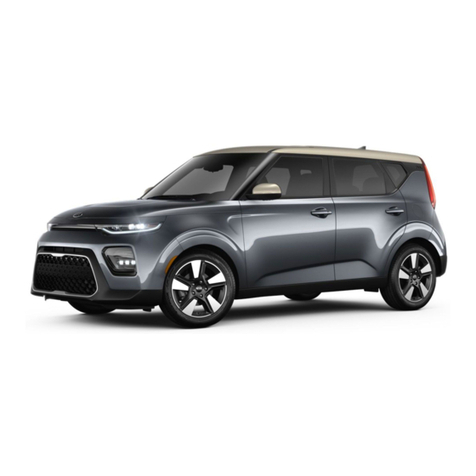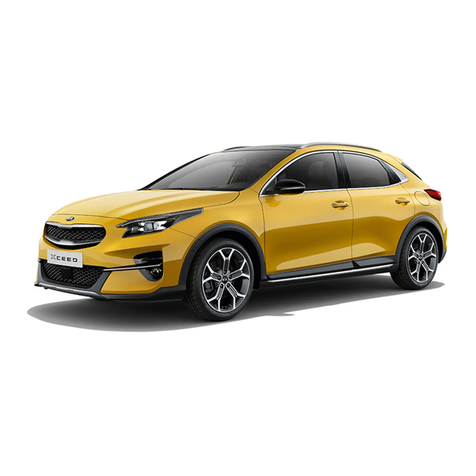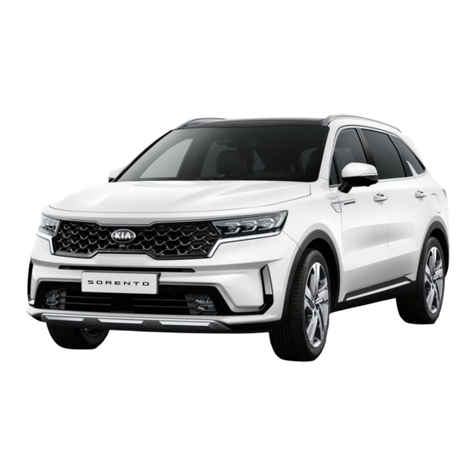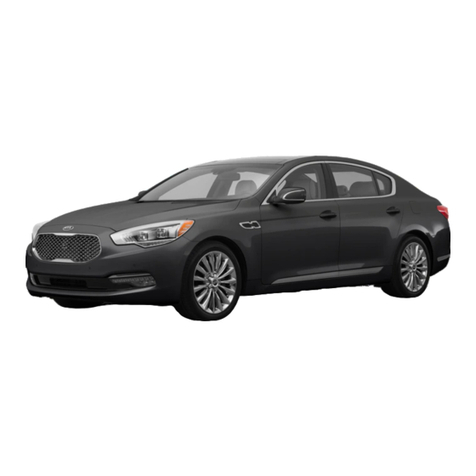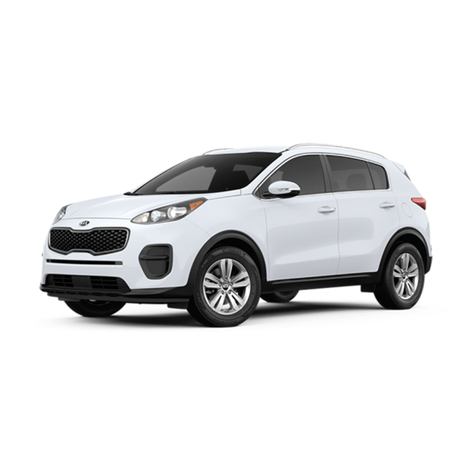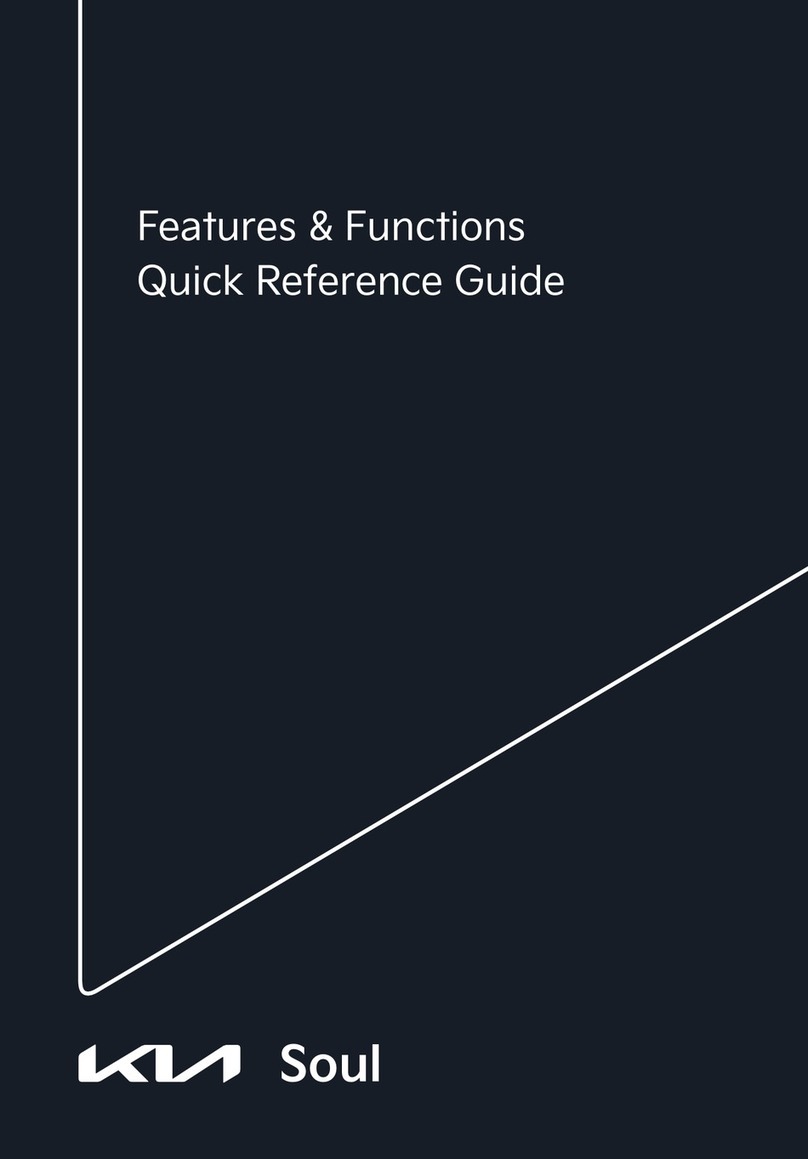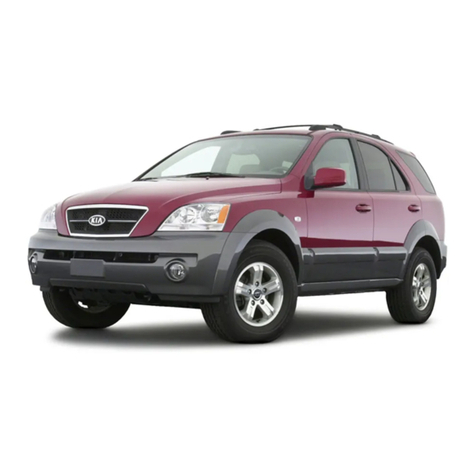
Introduction
21
Fuel requirements
Introduction
Fuel requirements
Your new vehicle is designed to use only
unleaded fuel having a pump octane
number ((R+M)/2) of 87 (Research
Octane Number 91) or higher. (Do not
use methanol blend- ed fuels.)
Your new vehicle is designed to obtain
maximum performance with UNLEADED
FUEL, as well as minimize exhaust emis
-
sions and spark plug fouling.
Never add any fuel system cleaning
agents to the fuel tank other than what
has been specified. (Consult an autho
-
rized Kia dealer for details.)
僅 Tighten the cap until it clicks one time,
otherwise the Check Engine
light will appear.
Refueling
僅 Do not "top off" after the nozzle auto
-
matically shuts off. Attempts to force
more fuel into the tank can cause fuel
overflow onto you and the ground
causing a risk of fire.
僅 Always check that the fuel cap is
installed securely to prevent fuel spill
-
age, especially in the event of an acci
-
dent.
Gasoline containing alcohol and
methanol
Gasohol, a mixture of gasoline and etha
-
nol (also known as grain alcohol), and
gasoline or gasohol containing methanol
(also known as wood alcohol) are being
marketed along with or instead of
leaded or unleaded gasoline.
Do not use gasohol containing more
than 15% ethanol, and do not use gaso
-
line or gasohol containing any methanol.
Either of these fuels may cause drivabil
-
ity problems and damage to the fuel
system, engine control system and emis
-
sion control system.
Methanol may cause drivability prob
-
lems and damage to the fuel system,
engine control system and emission
control system.
Discontinue using gasohol of any kind if
drivability problems occur.
Vehicle damage or drivability problems
may not be covered by the manufac
-
turer's warranty if they result from the
use of:
1. Gasoline or gasohol containing meth
-
anol.
2. Leaded fuel or leaded gasohol.
3. Gasohol containing more than 15%
ethanol.
"E85" fuel is an alternative fuel com
-
prised of 85% ethanol and 15% gasoline,
and is manufactured exclusively for use
in Flexible Fuel Vehicles. "E85" is not
compatible with your vehicle. Use of
"E85" may result in poor engine perfor
-
mance and damage to your vehicle's
engine and fuel system. Kia recom
-
mends that customers do not use fuel
with an ethanol content exceeding 15%.
Your New Vehicle Limited Warranty
does not cover damage to the fuel sys
-
tem or any performance problems
caused by the use of "E85" fuel.
Never use any fuel containing methanol.
Discontinue use of any methanol con
-
taining product which may inhibit proper
drivability.

